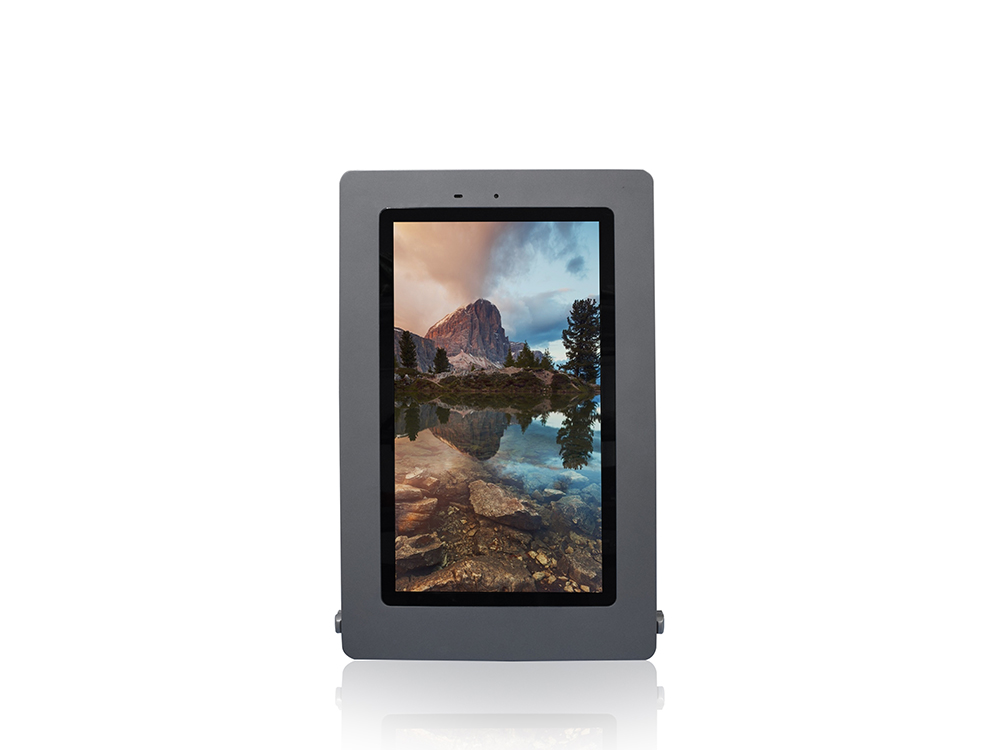Digital Signage and Its Integration with Inventory Systems
In the realm of modern business, staying ahead of the curve often means embracing technological advancements that enhance operational efficiency and customer experience. One such innovation that has gained traction in recent years is digital signage. These dynamic displays have transformed the way businesses communicate with their customers, offering a versatile platform for advertising, information dissemination, and even entertainment. As technology continues to evolve, the integration of digital signage with inventory systems represents a groundbreaking synergy that promises to revolutionize retail, hospitality, and numerous other industries.

Digital signage refers to electronic displays that show information, advertisements, or other messages. These displays can range from simple LCD screens to sophisticated video walls, and they are often controlled remotely via content management systems (CMS). The versatility of digital signage lies in its ability to update content in real-time, making it an invaluable tool for businesses looking to keep their customers informed and engaged.
One of the most compelling use cases for digital signage is in retail environments. Imagine walking into a store and being greeted by a vibrant display showcasing the latest arrivals or special promotions. Digital signage can be strategically placed throughout the store to guide customers to specific products, highlight seasonal offers, or even provide interactive experiences. For instance, a fashion retailer might use digital signage to showcase a virtual catwalk, allowing customers to see clothing in motion before making a purchase decision.
However, the true potential of digital signage is unlocked when it is integrated with inventory systems. Inventory systems are the backbone of any retail operation, tracking stock levels, sales data, and other critical information. When digital signage is seamlessly connected to these systems, it enables real-time updates that reflect the current state of inventory. This integration ensures that the information displayed on digital signs is always accurate, reducing the risk of promoting out-of-stock items or outdated promotions.
The benefits of this integration are manifold. Firstly, it enhances the customer experience by providing relevant and timely information. Customers are more likely to trust and engage with a business that consistently offers accurate and up-to-date information. This can lead to increased sales and customer loyalty, as shoppers appreciate the convenience and reliability of a well-informed shopping experience.
Secondly, integrating digital signage with inventory systems streamlines operations for businesses. Manually updating digital signs can be a time-consuming and error-prone process. Automation through integration eliminates the need for manual intervention, freeing up staff to focus on other tasks. This not only improves efficiency but also reduces the likelihood of human error, ensuring that the information displayed is always accurate.
Moreover, this integration enables businesses to leverage data-driven decision-making. By analyzing the data from inventory systems, businesses can gain insights into which products are popular, which promotions are effective, and how customers navigate their stores. This information can then be used to optimize digital signage content, ensuring that it is tailored to the specific needs and preferences of the target audience.
For example, a grocery store might use data from its inventory system to identify the top-selling products in each category. This information can be used to create targeted promotions on digital signs, highlighting these products and encouraging customers to make impulse purchases. Similarly, a restaurant can use digital signage to display daily specials based on the availability of ingredients, ensuring that the menu remains fresh and appealing.
Another advantage of integrating digital signage with inventory systems is the ability to create dynamic pricing strategies. In industries where pricing fluctuates frequently, such as electronics or fashion, digital signs can be updated in real-time to reflect current prices. This not only ensures that customers are always informed but also allows businesses to respond quickly to market changes, maximizing revenue and competitiveness.
Furthermore, the integration of digital signage with inventory systems can facilitate better inventory management. By displaying real-time stock levels on digital signs, businesses can quickly identify when items are running low or when restocking is necessary. This can help prevent stockouts, which can be detrimental to customer satisfaction and sales.
In the hospitality industry, digital signage integrated with inventory systems can enhance the guest experience by providing information on room availability, amenities, and nearby attractions. For instance, a hotel might use digital signs to showcase its restaurant's menu, highlighting daily specials and promoting events. This not only informs guests but also creates a more immersive and engaging environment.
The integration of digital signage with inventory systems also opens up opportunities for personalization. By using customer data, businesses can tailor the content displayed on digital signs to individual preferences. For example, a retail store might use loyalty program data to display personalized promotions or recommendations based on a customer's purchase history. This level of personalization can significantly enhance the shopping experience, making customers feel valued and understood.
However, it is important to note that the successful integration of digital signage with inventory systems requires careful planning and execution. Businesses must ensure that their inventory systems are compatible with their digital signage solutions and that data is securely transmitted between the two. Additionally, staff must be trained to use the integrated system effectively, ensuring that content is updated and managed correctly.
In conclusion, digital signage and its integration with inventory systems represent a powerful combination that can transform the way businesses operate and engage with customers. By providing real-time, accurate information, businesses can enhance the customer experience, streamline operations, and leverage data-driven decision-making. As technology continues to advance, the possibilities for this integration are limited only by the imagination. Whether in retail, hospitality, or any other industry, the synergy between digital signage and inventory systems offers a glimpse into the future of business communication and customer engagement.
Application scenarios of digital signage

Tags:
self service kiosk touch kiosk digital signage interactive display interactive touch whiteboard kiosk video wall wall outdoor kiosk IP68 IP67 screen Shopping MallCurrent article link:
https://www.lcdkiosk.com/news/1348.html







